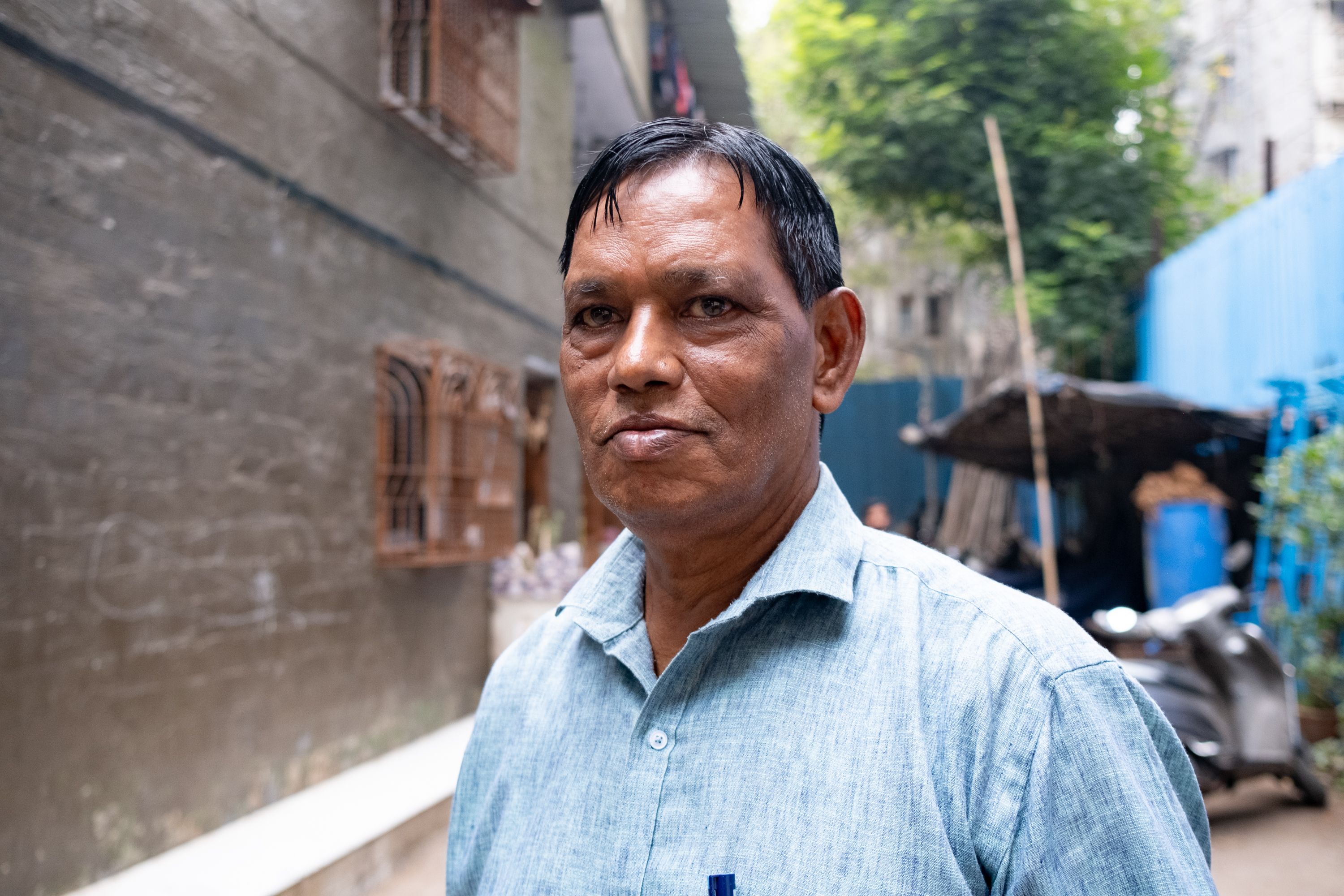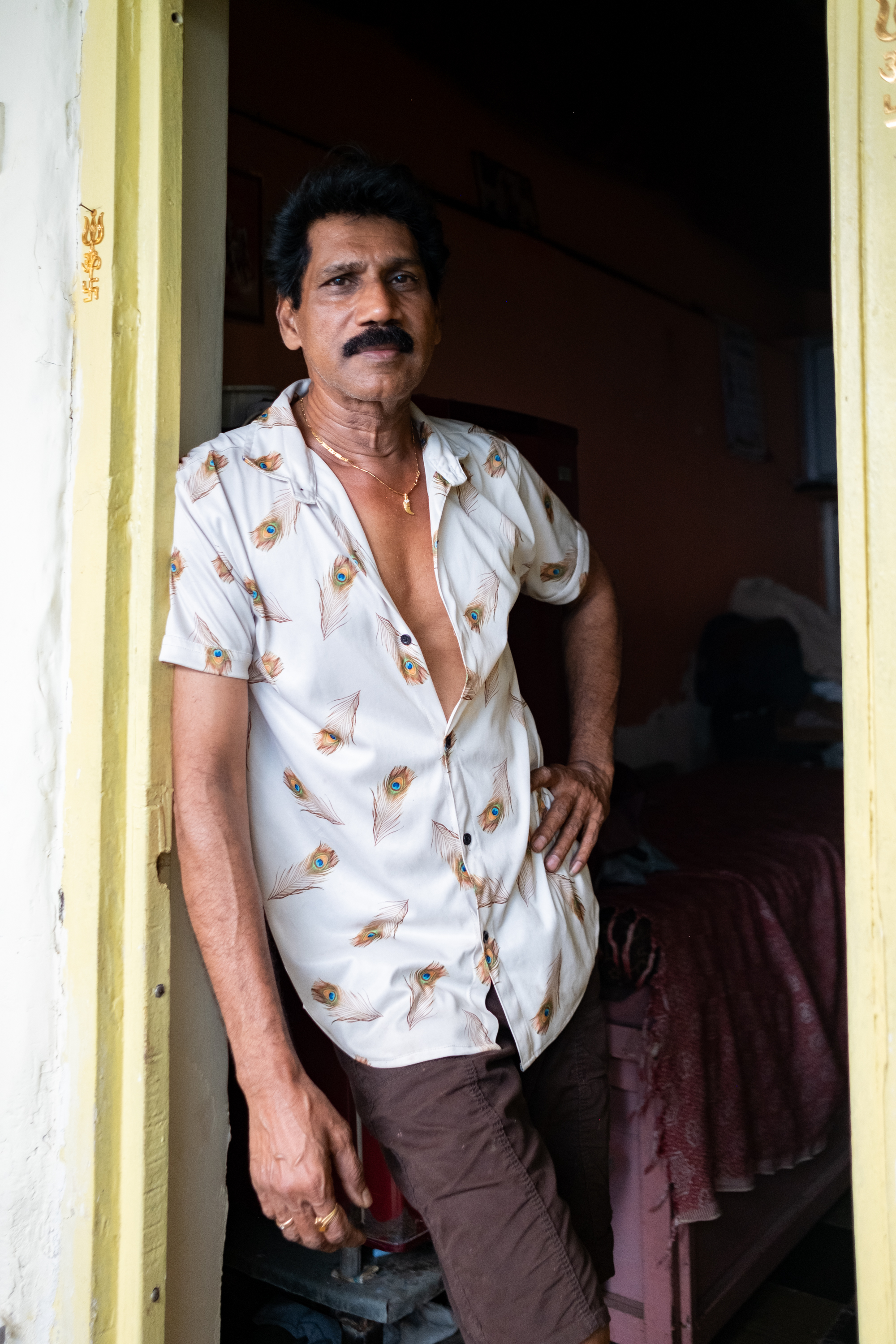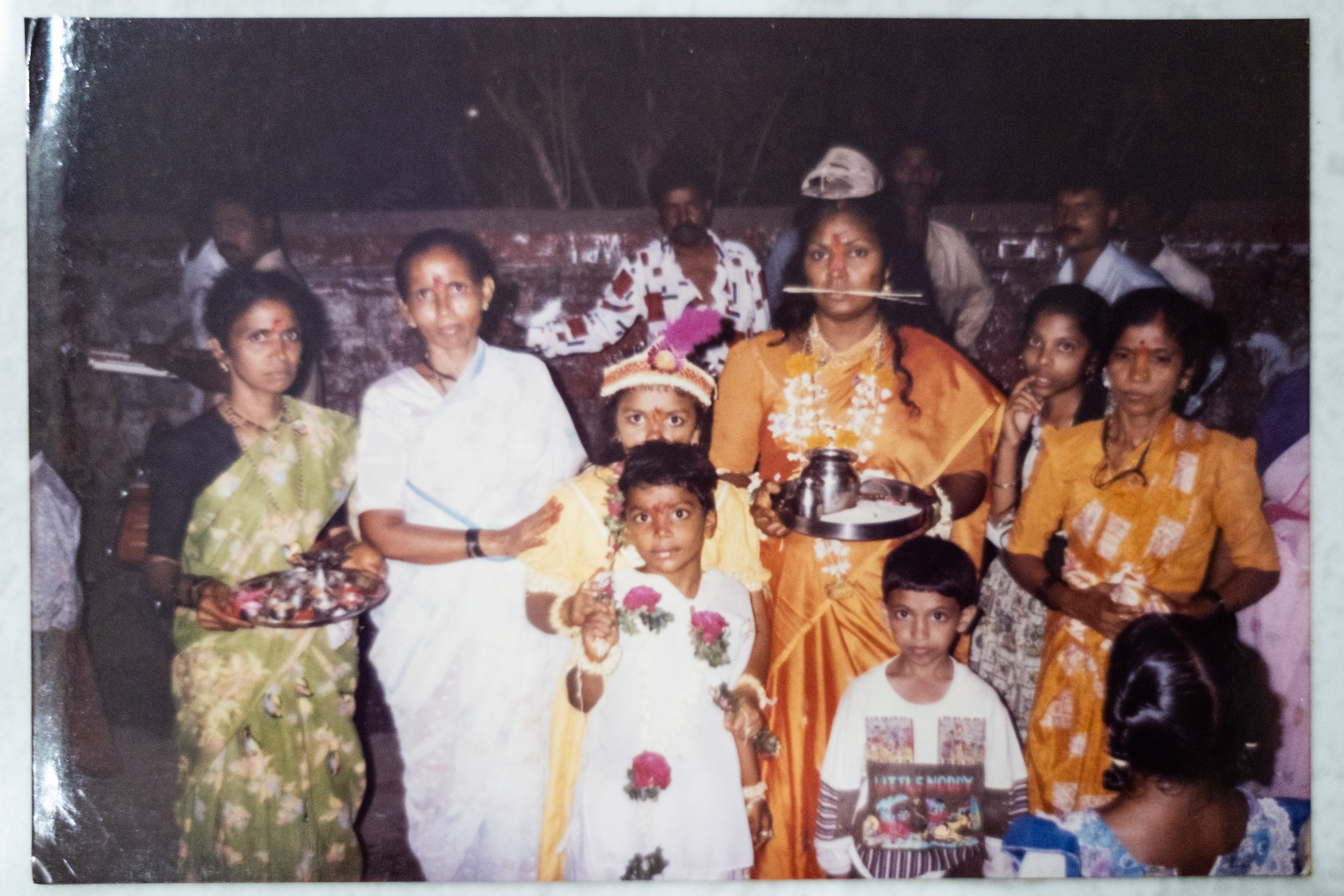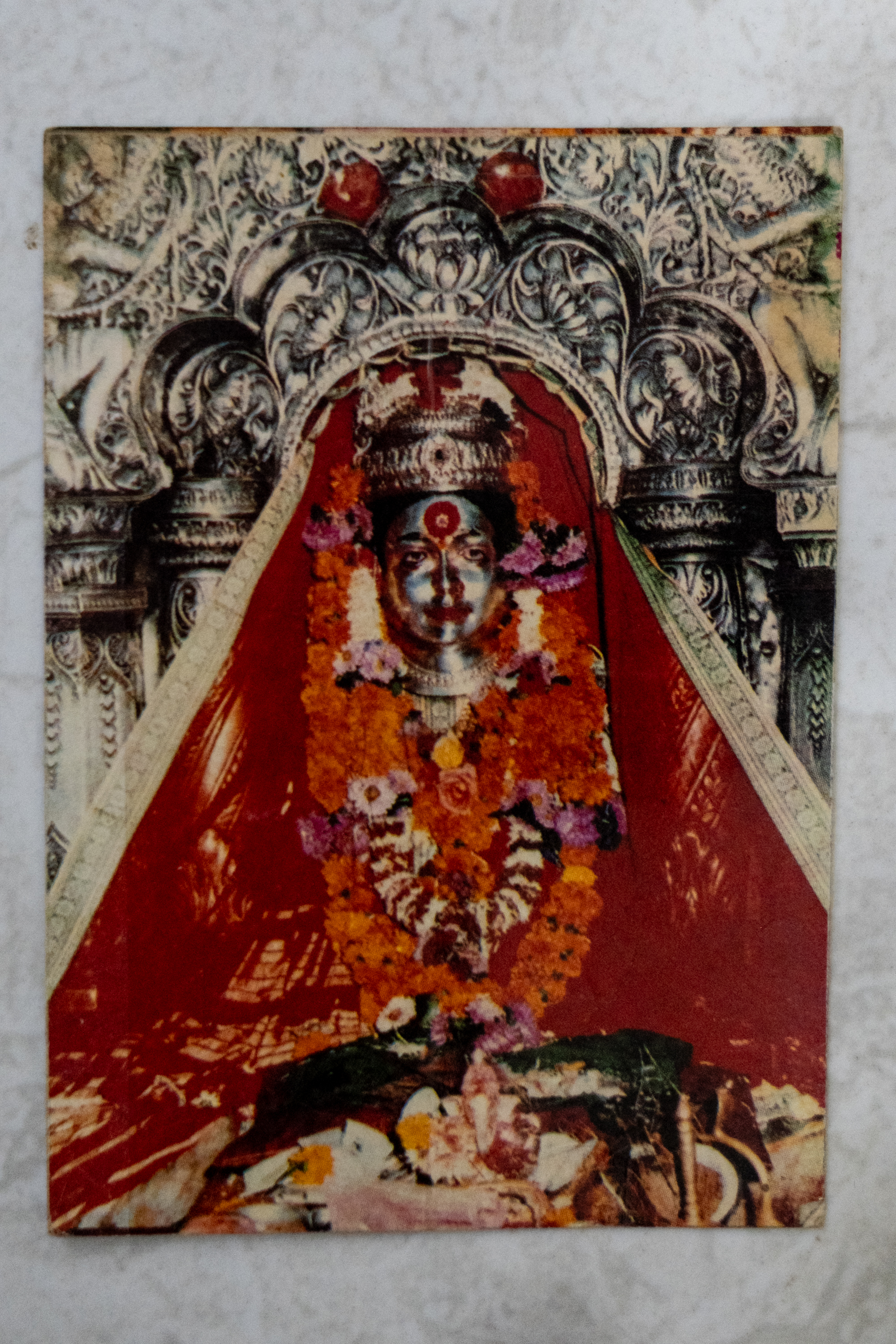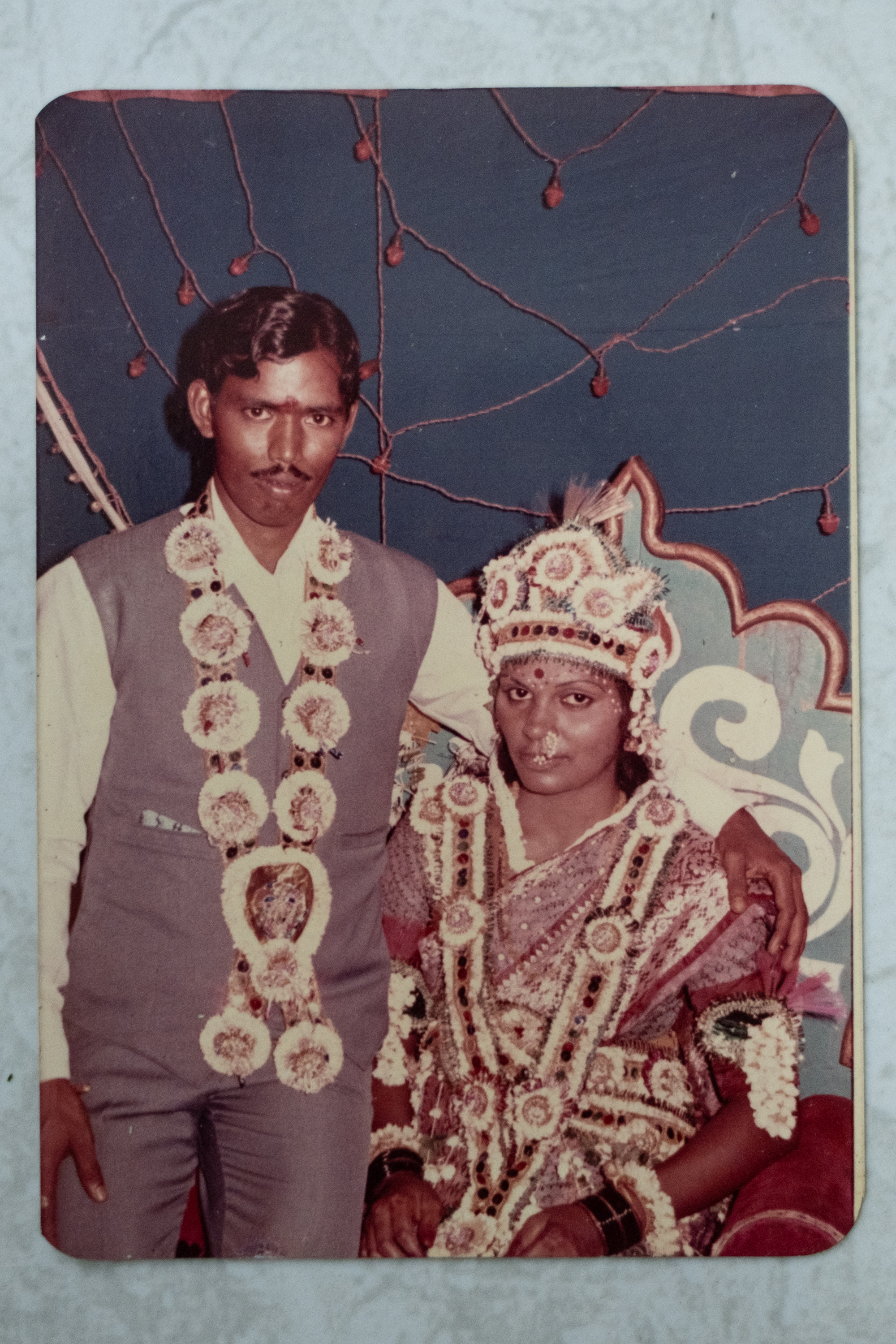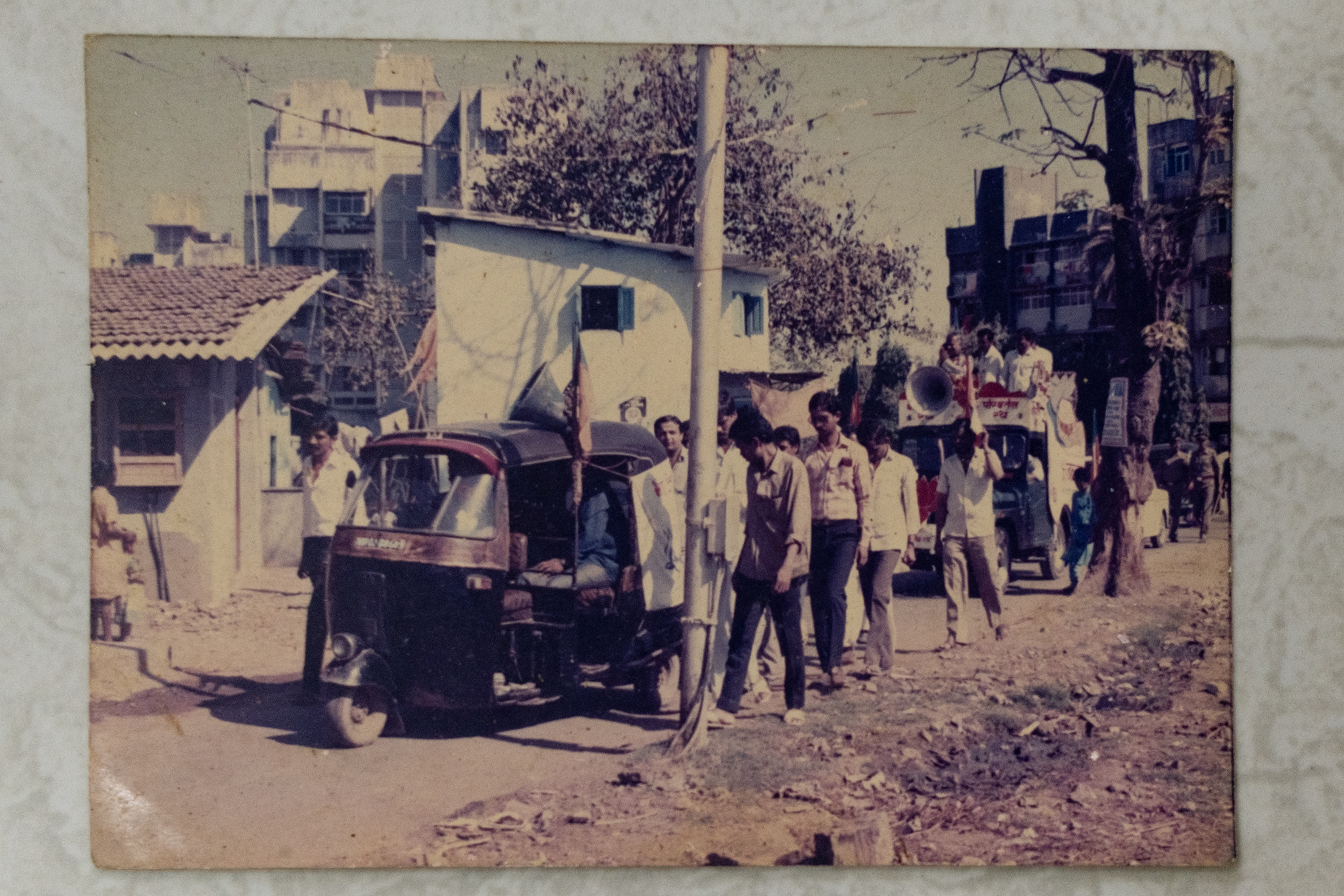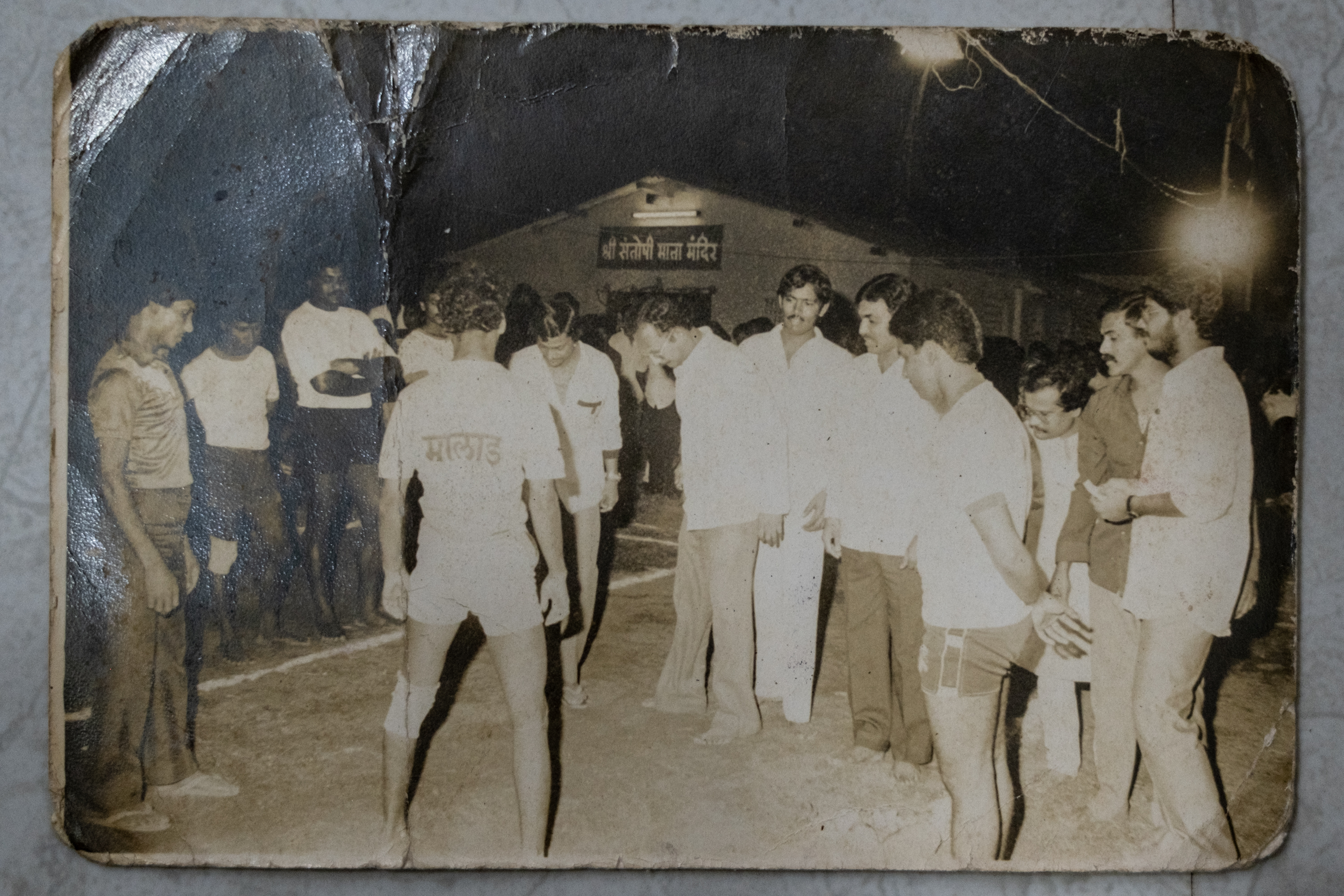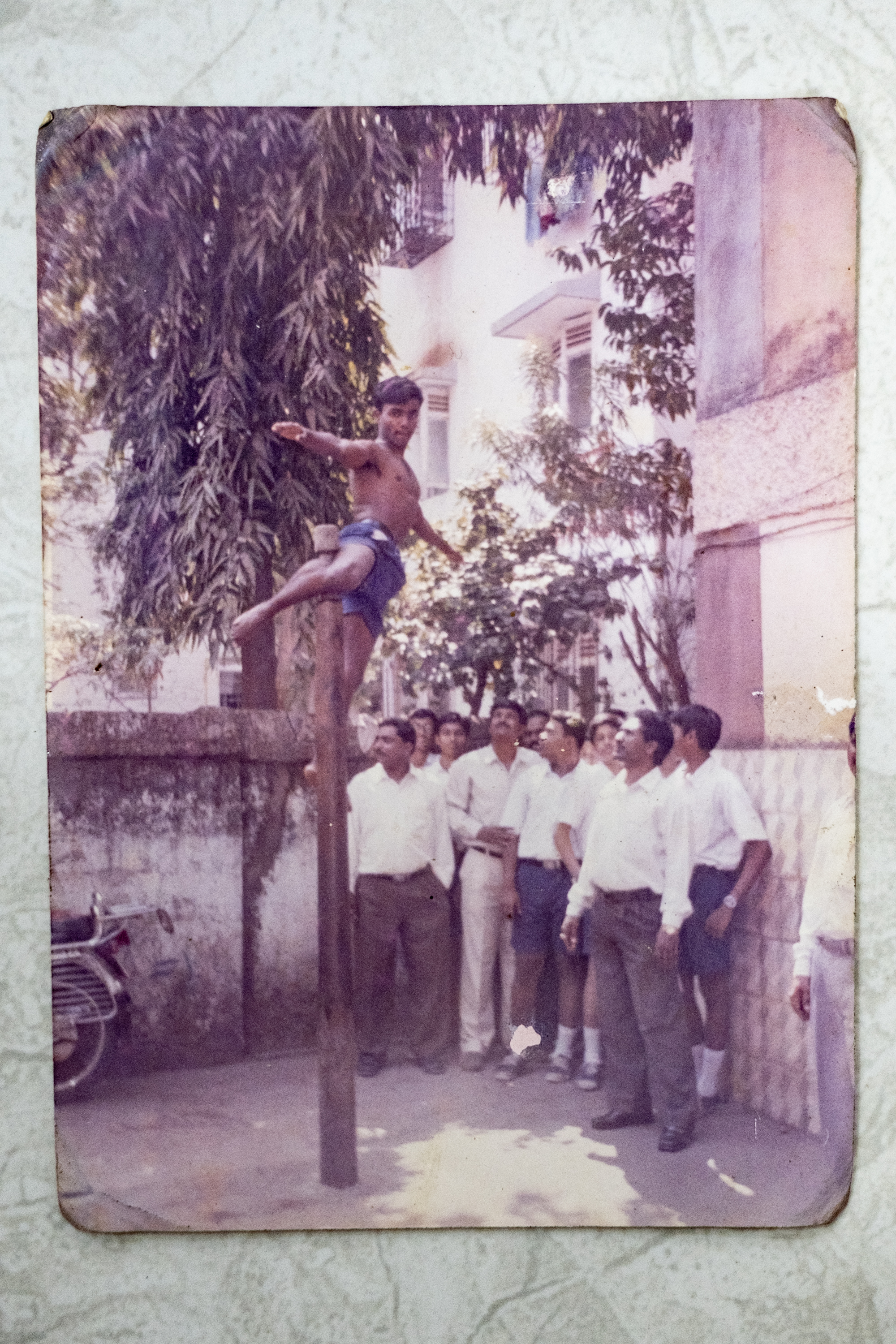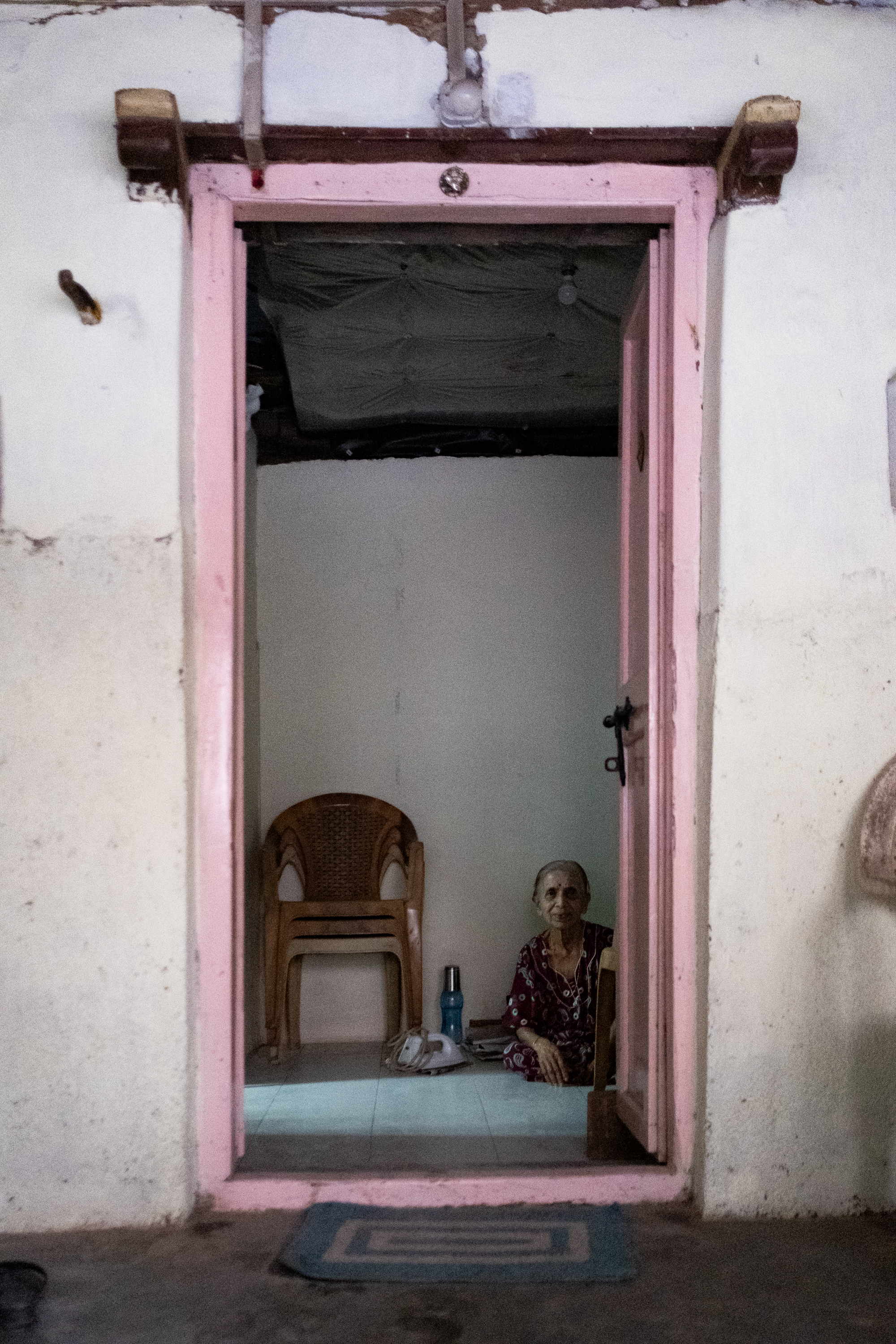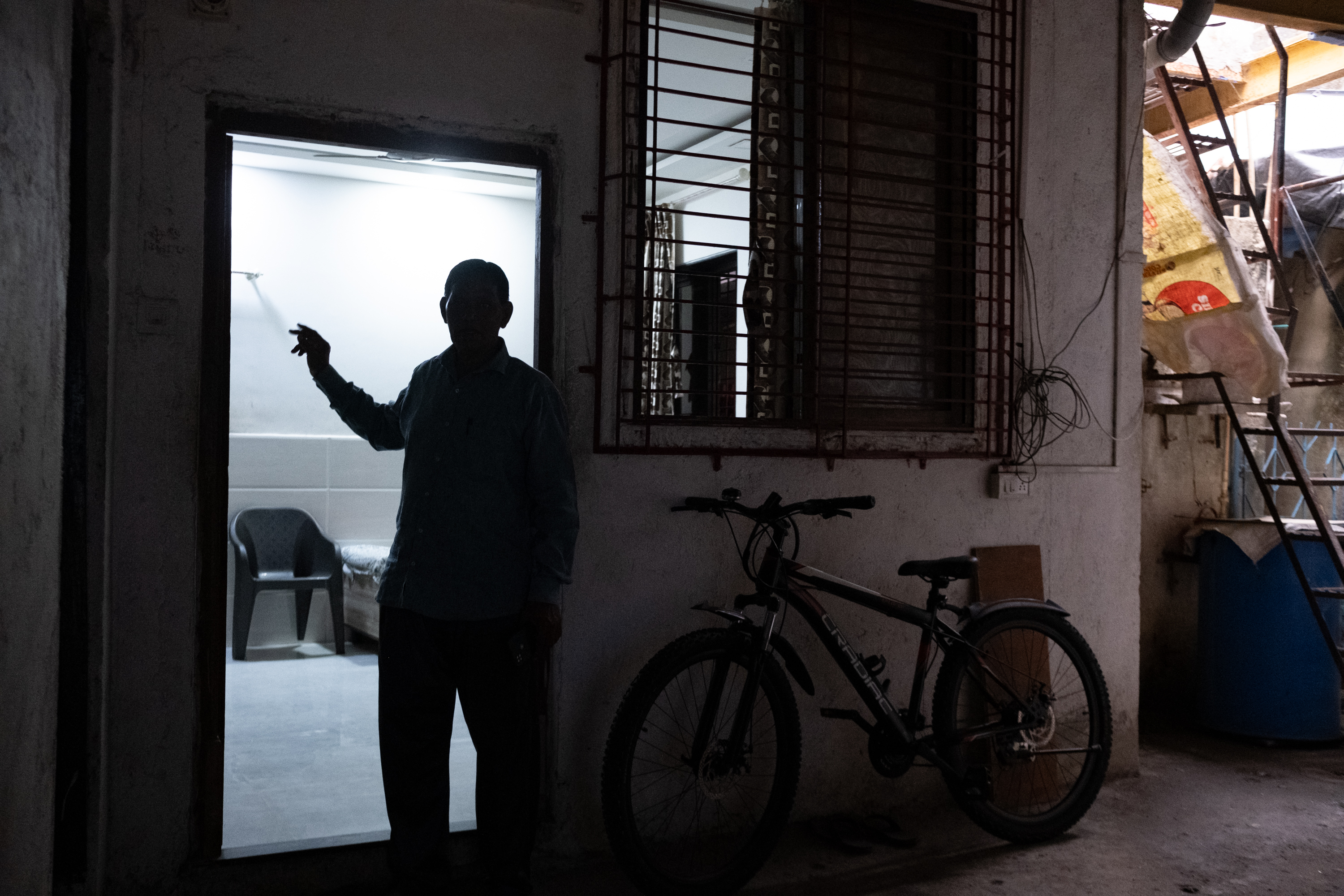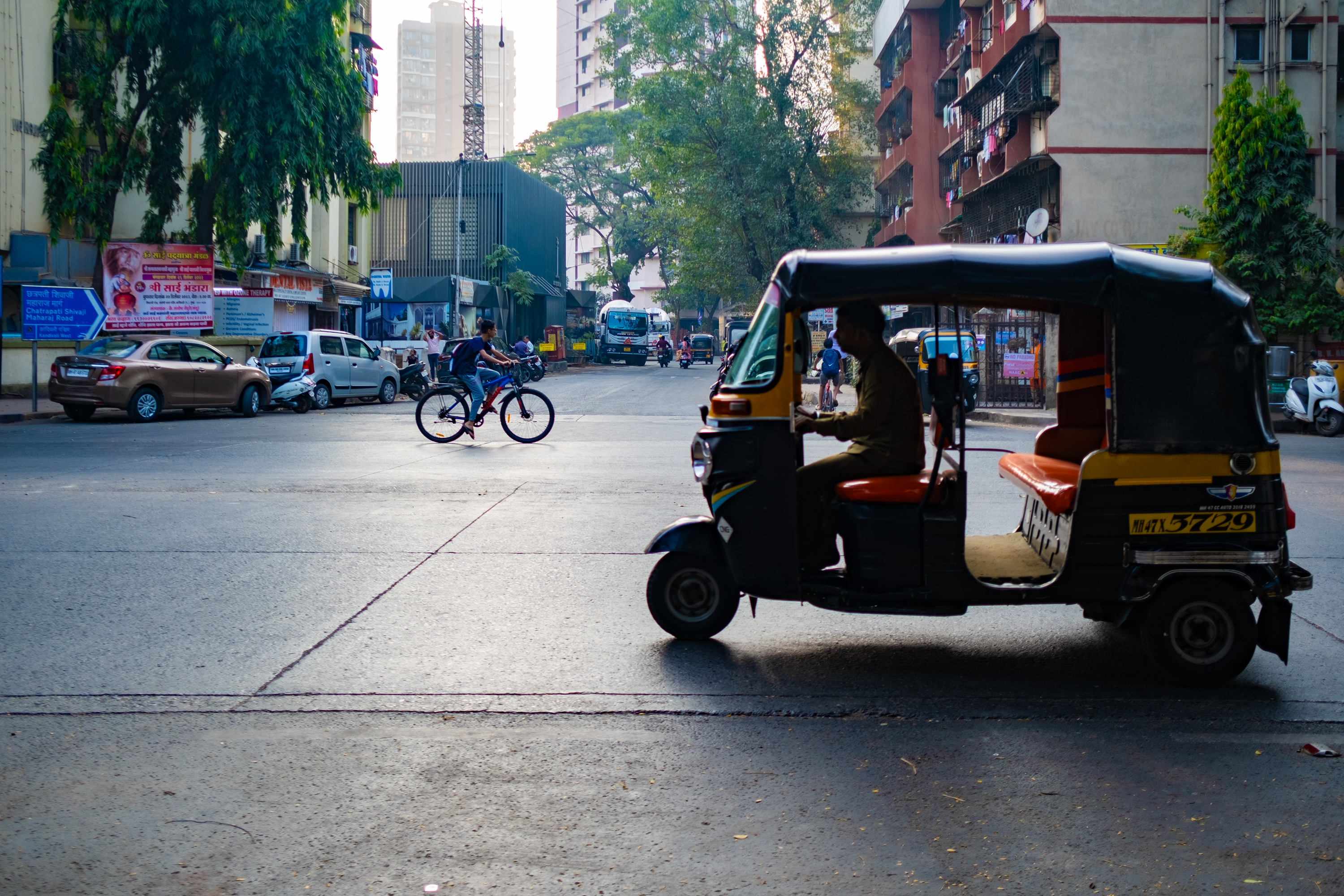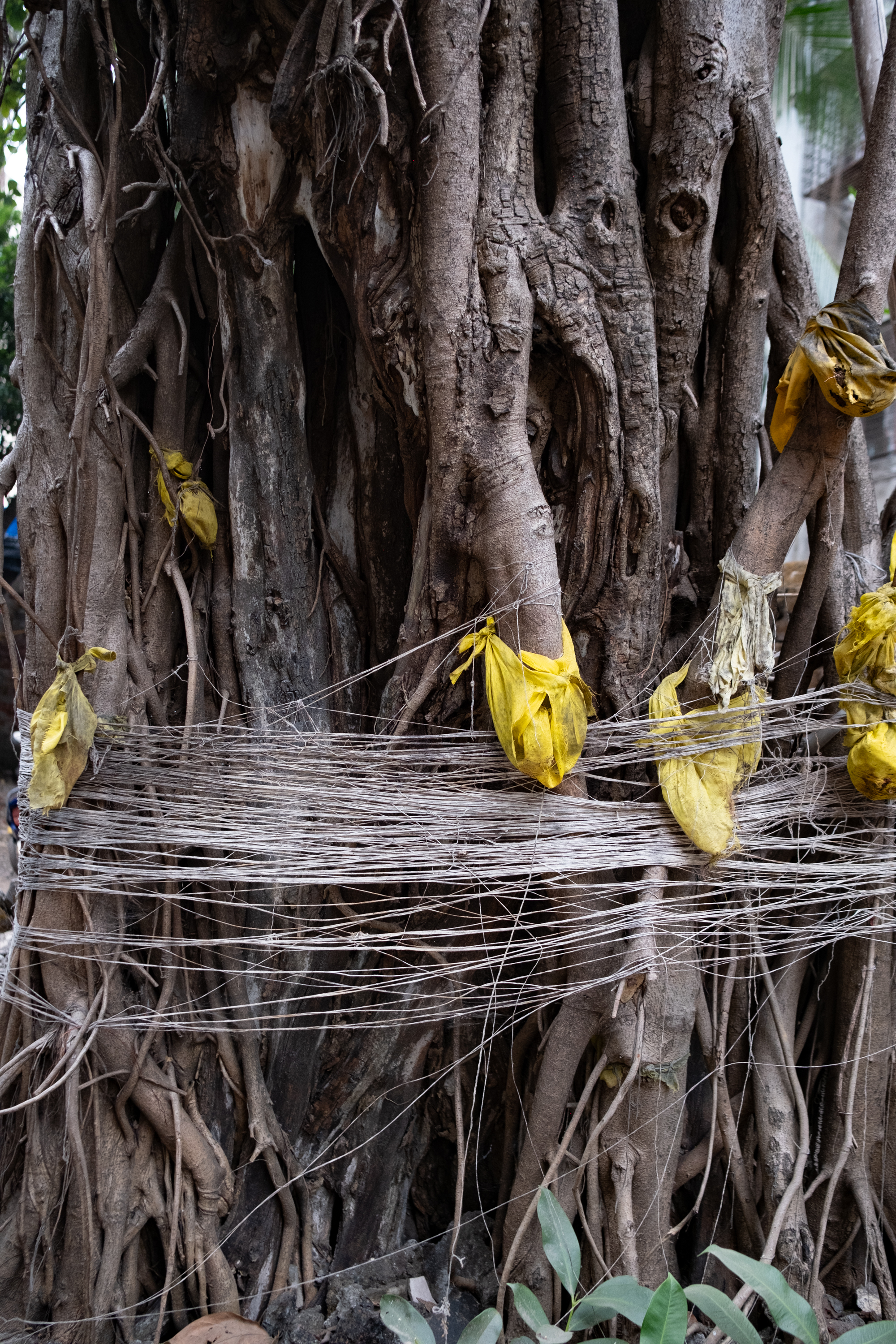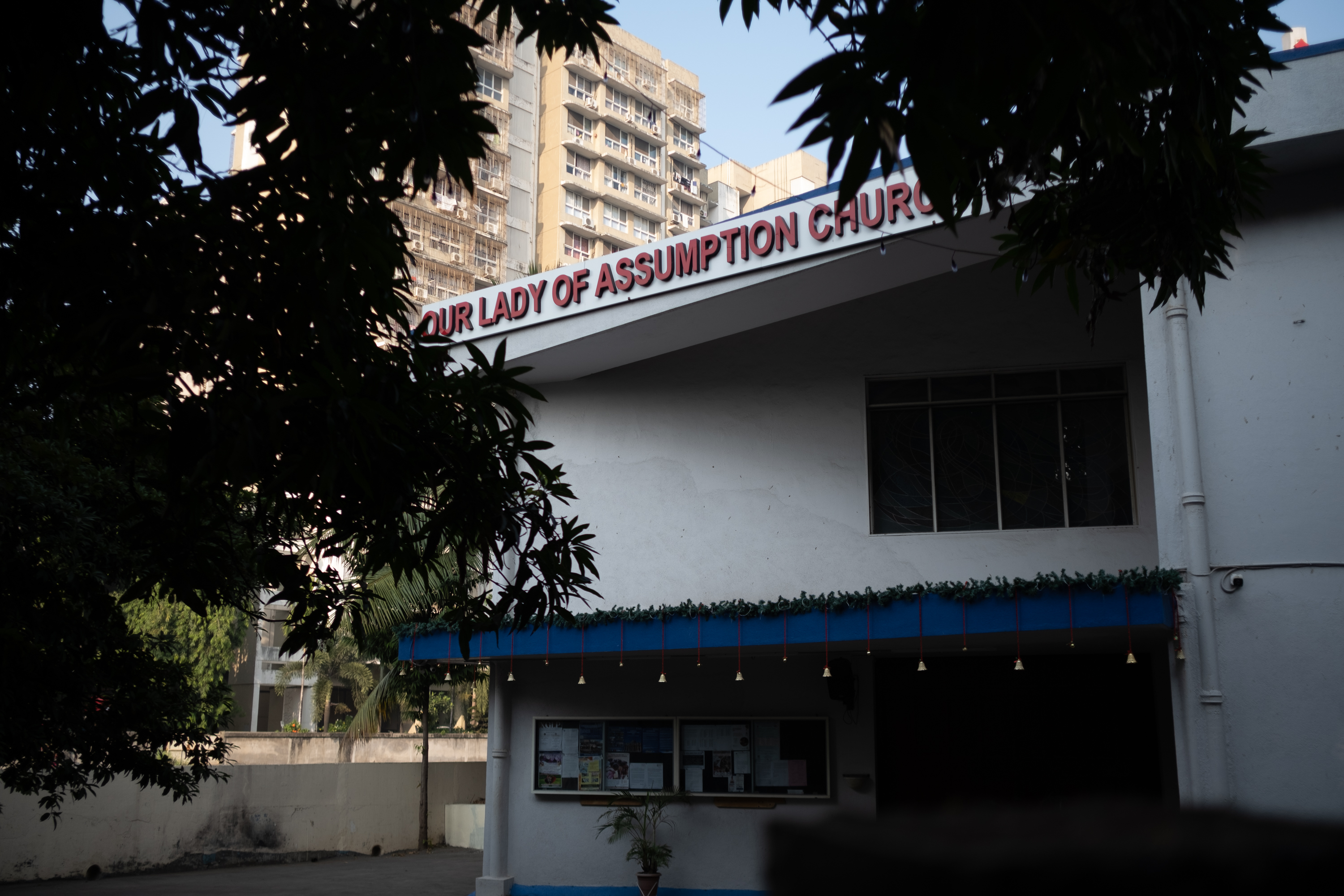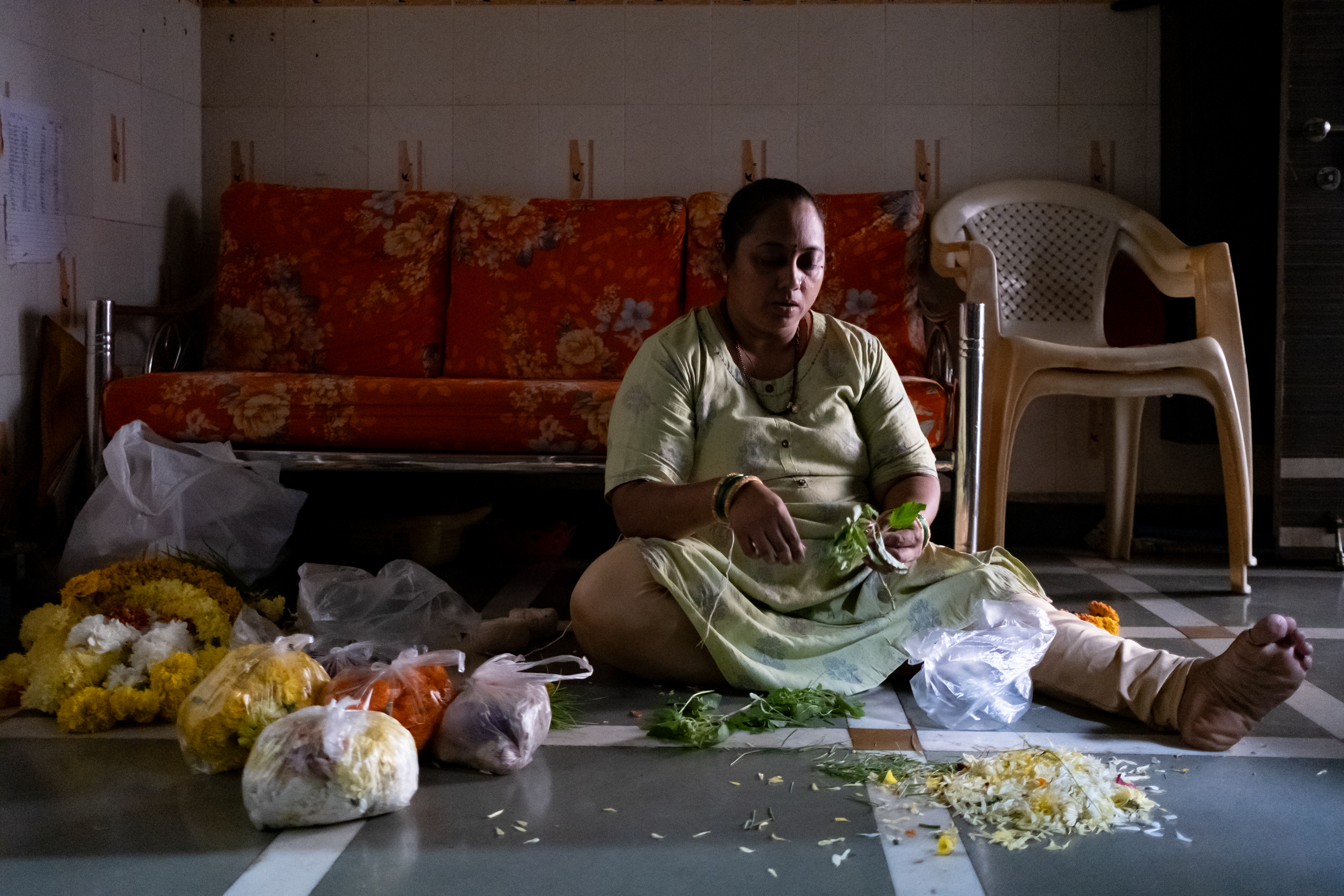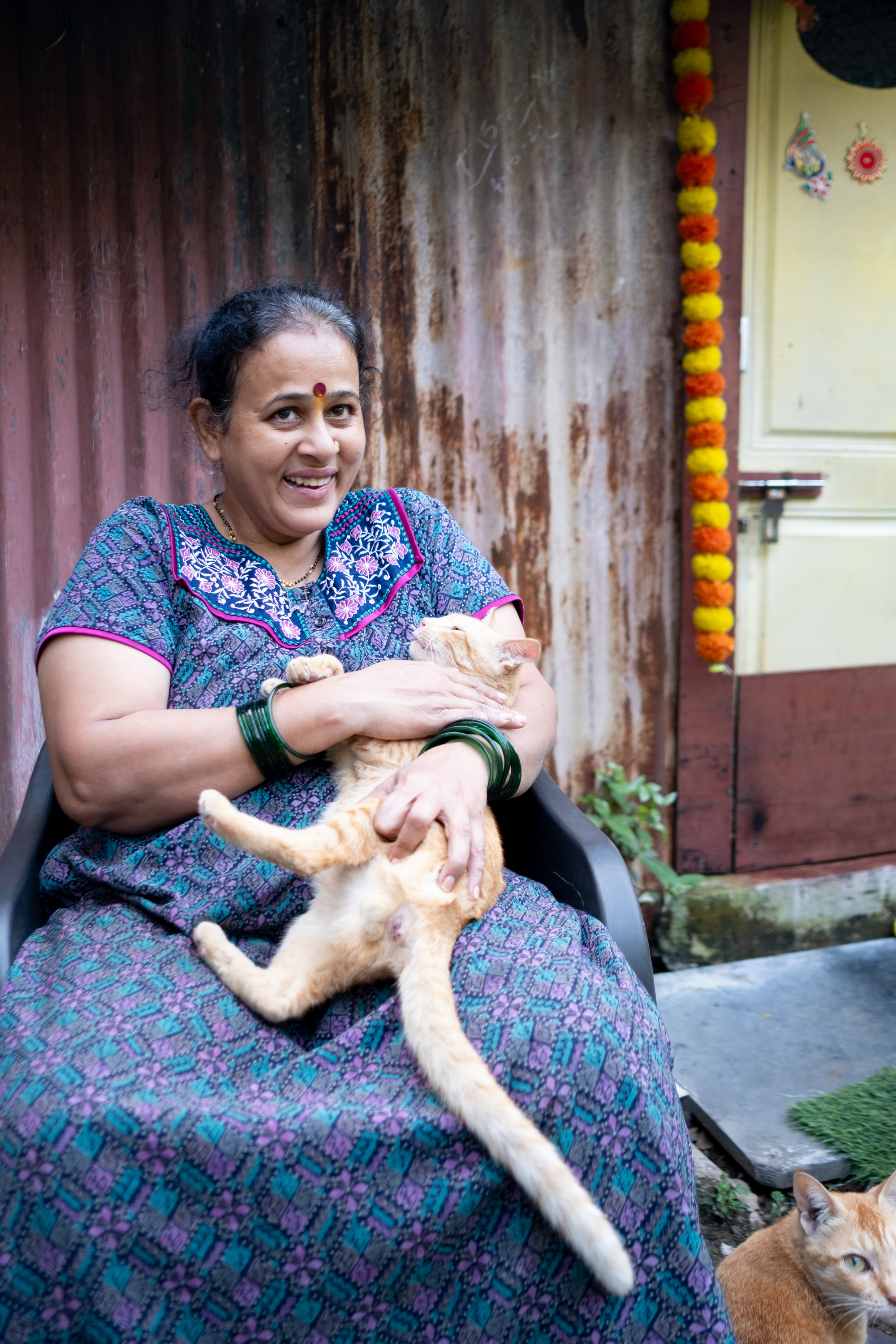A Village Transformed: The Urban Evolution of Kandivli
Longtime Kandivli (also spelled Kandivali) resident Ramnath Keni fondly recalls a time when his gaothan (village) had mud, wood, and thatch dwellings and unpaved roads. He reminisces about fishing in the Mithi River, which supported a diverse aquatic life. The Mithi River served as the city's natural drainage system, channeling rainwater overflow from Vihar Lake in Sanjay Gandhi National Park and emptying into the Arabian Sea at Mahim Creek.
Unfortunately, the Mithi River is now in its death throes, heavily polluted with industrial effluents from factories located along its banks. Solid waste, including plastics and other debris, clogs the river and its tributaries, exacerbated by encroachments along the riverbanks. Infrastructure projects and real estate developments have encroached upon the Mithi River’s floodplains and catchment areas, heightening the risk of flooding.
The Koli, Bhandari, and Agri communities were among the early inhabitants of Mumbai’s islands and coastal regions. The Kolis were traditionally fishermen; the Agri community cultivated the land; and the Bhandaris were toddy tappers. The Bhandaris also served as soldiers in the armies of the East India Company and the Maratha Empire. The Pathare Prabhu community likely migrated from Gujarat and arrived on the Konkan coast sometime around the 12th or 13th century CE. During the Portuguese and British periods, the Pathare Prabhus held various administrative and judicial positions, significantly influencing Mumbai’s governance and development. They owned large tracts of land in Kandivli and were known for their entrepreneurial spirit, contributing to the city’s economic growth.
Ranjan Mhatre, a resident of Kandivli gaothan, belongs to the Pathare Prabhu community and takes pride in his community’s long history within Kandivli and its neighbouring villages. Archival photographs from Mhatre’s collection offer glimpses into the traditional rituals and wedding ceremonies, offering a window into the community’s cultural heritage. He remembers the open ground in the village centre, where kabaddi matches took place and gymnasts trained on the mallakhamb (wrestling pole). Since 1985, the village has experienced rapid transformation, with high-rise buildings encircling the once-open spaces.
The Portuguese colonised the Mumbai islands in the 16th century CE and promoted Catholicism among the native population through missionaries sent from Europe. The Portuguese established the first parish at Candolim in 1560. The Indo-Portuguese Christians formed the East Indian community, which has a sizeable population in Kandivli and its suburbs. The migration of East Indians also took place in phases; for example, many East Indian families from Bandra relocated to Kandivli in the 1880s due to a plague outbreak in Bandra.
In the early 19th century CE, forests and rice fields surrounded Kandivli, prompting the British authorities to designate the villages in this region as Notified Areas. The late 19th century CE witnessed the construction of the Western Railway line, splitting Kandivli into East and West and initiating its urban transformation. The British embarked on extensive land reclamation projects in Mumbai to expand infrastructure and residential land. The railway facilitated this project by expediting the transportation of goods and people over large distances. Kandivli station, then known as Khandolee, opened on the Western Line in 1907. The primary purpose of the station was to transport stones and rocks from Paran, a hillock east of the Kandivli Railway Station, to the various land reclamation schemes underway in South Mumbai. In Kandivli East, the construction of residential units accommodated hundreds of officers and workers working on the hill’s demolition. The Gujarati community settled on the western side of Kandivli Railway Station due to its healthy climate.
Apart from supplying rubble, Kandivli was also a source of Malad stone, known for its durability, hardness, and density, making it ideal for construction. The primary quarrying site for this stone was Malad, a southern neighbourhood of Kandivli, from which the stone gets its name. Many colonial-era buildings, churches, and residential houses in South Mumbai used malad stone as their primary construction material. Railway infrastructure, including bridges, culverts, and retaining walls, relied heavily on malad stone for the development of the Bombay, Baroda, and Central India Railway (BB&CI). However, the extensive quarrying had a severe impact on the environment, contributing to the rampant destruction of hills, forests, and water bodies.
The post-independence period saw a significant influx of people into Mumbai, resulting in the urbanisation of suburbs like Kandivli, Borivali, Malad, Dahisar, and Goregaon. Kandivli developed numerous housing colonies and residential complexes to accommodate the growing population. Schemes by the Slum Rehabilitation Authority (SRA) aimed to replace slums with permanent housing and better living conditions, while industrial estates like Akurli Industrial Estate (in Kandivli East) and Charkop Industrial Estate (in Kandivli West) provided employment opportunities and spurred economic growth. New roads and highways were constructed to connect Kandivli with other parts of Mumbai, improving accessibility and connectivity.
The 1980s and 1990s witnessed the construction of high-rise residential buildings that transformed Kandivli’s skyline. This vertical growth addressed the housing demands of an increasing population. The early 2000s saw a real estate boom as luxury housing projects developed. Gated communities and townships offering modern amenities and security became popular among the middle and upper-middle classes. Commercial complexes and business hubs emerged, attracting offices and businesses to the area. The introduction and expansion of the Mumbai Metro network, including lines passing through or near Kandivli, significantly improved public transportation.
Kandivli, once a relatively quiet gaothan, has undergone rapid transformation, driven urbanisationion, industrialization, and infrastructural development. However, this progress has also brought environmental challenges, including the loss of green spaces and increased pollution of the Mithi River. Several non-governmental organisations (NGOs) and community groups are actively involved in raising awareness about the Mithi River’s significance and advocating for its conservation. As Kandivli continues to grow in the 21st century, sustainable development and community engagement will be key to ensuring a balanced and inclusive urban future for its residents.
Ramnath Damodar Keny, a 70-year-old inhabitant of Kandivli village, has spent his entire life in this locality. Five generations of his family have lived in the same house.
Ranjan Dattaram Tarabai Mhatre is a member of the Pathare Prabhu community. Alongside the Kolis, Bhandaris, and Agri communities, the Pathare Prabhus are among Mumbai’s early inhabitants. They migrated from the Saurashtra region in Gujarat to the Konkan coast in the 12th or 13th century CE, eventually settling in Mumbai.
According to Ramnath Keny, this photo likely captures a tribal ritual, possibly reflecting the Kolis community’s tribal origins, which underscore their status as early inhabitants of the Mumbai region. Image courtesy: Ramnath Keny
The Koli community reveres Ekvira Devi, a form of the goddess Renuka, as their kuladevi (family deity). Kolis embark on pilgrimages each year to offer prayers to Ekvira Devi at her temple in the Karla Caves. Image courtesy: Ramnath Keny
Ramnath Keny had his wedding photograph taken with his wife in a Mumbai studio. Vintage photos like this provide insight into the Koli community's customs and traditions as they modernize and adapt to new trends and changing fashion. Image courtesy: Ramnath Keny
A political rally is passing outside Ramnath Keny’s home. This photo likely dates back to 1985, when the village still had mud roads. Today, a cemented pathway leads to his home amidst a landscape devoid of open spaces, marking a significant change. Image courtesy: Ramnath Keny
Players prepare for a game of kabaddi near the once-famous Santoshi Mata Temple, now replaced by a huge multi-story building. Kandivli and Malad, a suburb south of Kandivli, are likely the rival Kabaddi teams. Image courtesy: Ramnath Keny
The community has a strong affinity for physical exercise and sports. Here, Ramnath’s son is demonstrating his acrobatic skills on the mallakhamb. Mallakhamb, which translates to wrestling pole, is a traditional Indian gymnastic apparatus made from sheesham (Indian rosewood). This stationary vertical pole allows gymnasts to perform aerial yoga and postures. Image courtesy: Ramnath Keny
Some houses in Kandivli village feature sloping roofs covered in terracotta tiles, extended wooden balconies, and staircases. The East Indian community, known for similar building styles in Mumbai neighbourhoods like Chuim, Kotachiwadi, and Matharpacady, influenced this architectural style in Kandivli.
The vernacular architecture in the village primarily comprised single-story dwellings constructed from locally available materials such as bamboo, mud, wood, thatch, plaster, brick, and cow dung. Traditionally, builders built these houses on raised plinths to safeguard them from monsoon flooding.
Old houses typically have an open veranda in the front where family members interact with neighbors and welcome guests, fostering a sense of community.
Ramnath Keny used to maintain a cow shed at his home, which no longer exists. The decline in livestock rearing has led to the disappearance of these once-common spaces in the village. Most houses have repurposed their former livestock sheds into extensions of their living areas.
This road in Kandivli village used to be a maidan (playground) until 1985. Ramnath Keny fondly recalls spending hours on this ground playing Kabaddi with his friends. However, the landscape has transformed over the years, and the open space is now a traffic intersection surrounded by high-rise buildings.
Shri Shiv Shankar Mandir's wall bears the old name Kandivligaon, written in Devanagari script. The architecture of the temple is an eclectic mix. The temple’s north Indian-style shikhara (spire) appears to be a modern addition, rising incongruously over the sloped roof superstructure typical of Konkani vernacular architecture.
Residents of Kandivli village, primarily from the Koli, Pathare Prabhu, and Agri communities, tie threads around the banyan tree (Ficus benghalensis). Hindus consider the banyan tree sacred due to its long lifespan, symbolising everlasting longevity.
Kandivli and its suburbs have a significant population of East Indians. In 1630, Native Catholics founded a church of the same name at Magathane, approximately half a mile east of the present Kandivli Railway station. This church served as a precursor to the present Our Lady of Assumption Church in Kandivli village.
Historically, Koli women used to sell fish caught from nearby water bodies, such as the Mithi River. Today, most of these water bodies suffer from heavy pollution or development, rendering the fishing business unsustainable. The majority of fish sold in local markets now comes from wholesale markets in South Mumbai.
Despite a sizeable Koli community residing in present-day Kandivli village, fishing activities are notably absent. Even though Yashwant Keni is no longer a fisherman, he actively participated in the fishing industry in his younger years. He sourced fish from the Borivali fish market and sold them in Kandivli village to make a living.
While the Kolis have traditionally engaged in fishing or fishing-related businesses, not all members of the community continue these practices today. Pragna Keni is from a family that sells flowers outside of a temple. Despite being part of the Koli community, neither she nor her family have ever been involved in trading or fishing activities.
Outside her home in Kandivli Gaothan, a woman plays with a cat. The villagers love cats and take good care of them.
